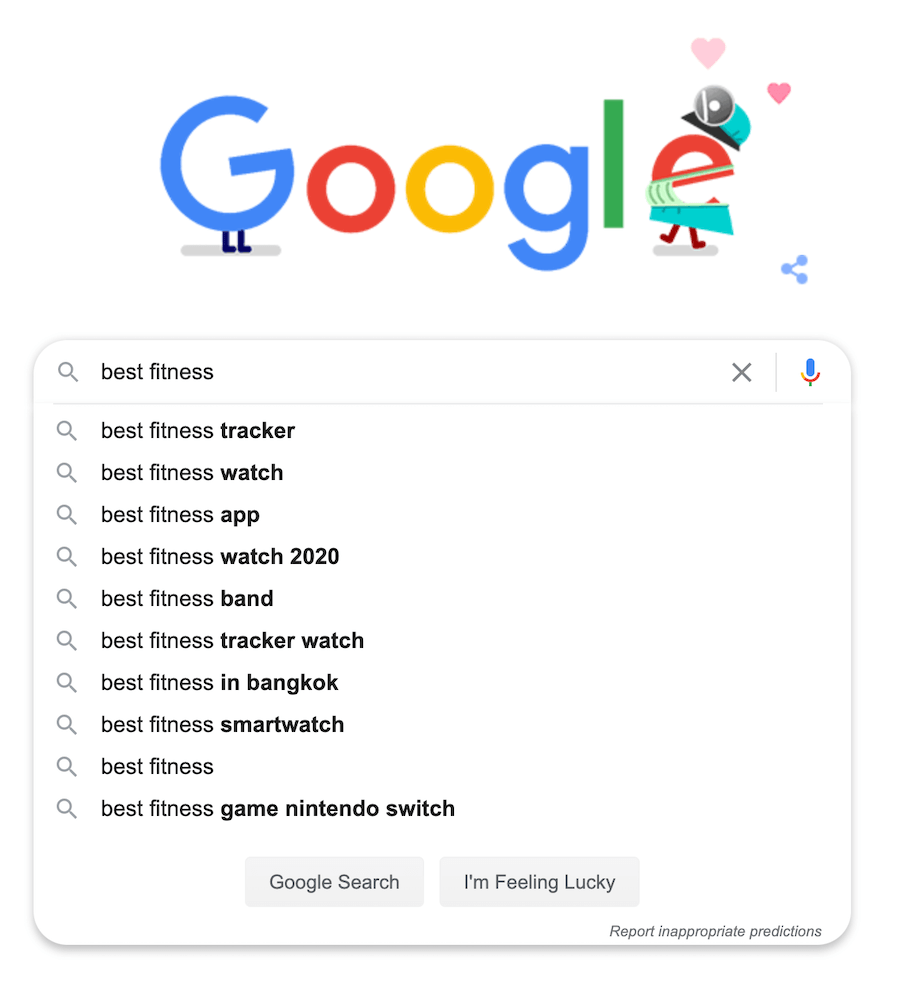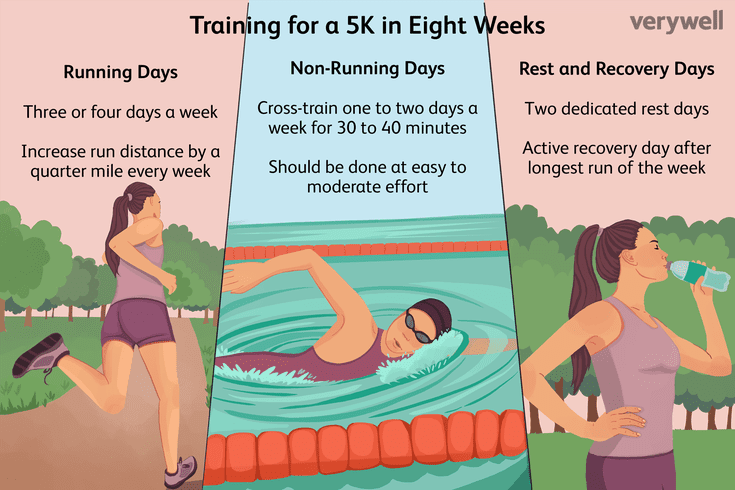
For a full body medicine ball workout, stand with your legs straight out in front of the ball. Next, lower your body to a squat and bring the right foot forward. Your right foot should be parallel to your left foot's heels. When holding the medicine balls, make sure your body is straight and your chest aligned with your knees. After that, you can place your hands on either side of the medicine ball and let them fall to the ground.
Start by standing with feet about hip-width apart. Then, hold the medicine ball in front of your chest. Now, press your hips forward and extend your spine. Continue to lower yourself until you feel a slight tension in your legs. Now, push your hips back and place your feet on the ground. You should repeat this motion between 12 and 15 times. Do not fall too low. Throughout this exercise, it is important to keep your core engaged.

To begin, place your arms and legs at shoulder width apart. Stand with your legs straight out in front of the medicine balls. Step back with your right leg, and then step back with your left leg. Lower your hips to your left side and bend your knees. After that, rotate your hips to your right leg and return to the standing position. This exercise should be performed three times, each time for 12 reps. You can finish the exercise by repeating the steps in reverse and switching your legs.
Next, begin a warm up. Next, spread your feet wide and twist you trunk. Your legs should not be moved, but your trunk should be turned as you walk. Next, take the medicine ball and place it on your chest with both of your hands. Then, squat, raising your chest. Once you've done all the warm-up exercises, start a full-body workout with the medicine ball.
A medicine ball lunge is another full body exercise that requires a full-body workout. To perform the exercise, you should stand with your feet hip-width apart. Then, you should bend your right leg to 90 degrees. Once you have completed a lateral lunge, you will reach for the ball between your right and left feet with your left hands. Once you are standing, lift the medicine ball up to your chest and then repeat the motion on the left side.

Once you've completed the standing exercise, you can move onto the seated exercise. Place the medicine ball in front your chest. Then, bend your knees and hold the medicine-ball over your left shoulder. You can continue this rotation for 30 second. After completing the exercise, rest for 10 seconds and then move to the next step. You can also sit down and do a medicine-ball full body exercise. Keep your feet off of the floor and place your face down on the flooring. Then, twist your hip bones and keep your body centered.
FAQ
What is the difference of fat and sugar?
Fat can be a source of energy that is obtained from food. Sugar is a sweet substance found naturally in fruits and vegetables. Both fats and sugars provide the same number of calories. Fats have twice the calories of sugars, however.
Fats are stored in your body and can cause obesity. They may cause cholesterol buildup and lead to strokes or heart attacks.
Sugars are quickly absorbed by the body and provide instant energy. This causes blood glucose levels to rise. High blood glucose levels are dangerous as it can increase the likelihood of developing type 2 diabetes.
How can you live a healthy life?
Living a healthy lifestyle includes eating right, exercising regularly, getting enough sleep, managing stress, and having fun! You should avoid processed foods, sugar, or unhealthy fats. Exercise can help you burn calories and strengthen your muscles. Sleeping enough can improve memory and concentration. Stress management reduces anxiety, depression and other symptoms. Fun keeps us vibrant and young.
What can you do for your immune system to improve?
Human bodies are made up of trillions upon trillions of cells. These cells work together to form organs and tissues that perform specific functions. Another cell takes its place when a cell dies. Cells also communicate with each other using chemical signals called hormones. Hormones regulate all bodily processes, from growth and development to metabolism and immunity.
Hormones refer to chemicals produced throughout the body by glands. They travel through bloodstreams and act as messengers that control the function of our bodies. Some hormones are made internally, while others are created outside the body.
Hormone production occurs when hormone-producing cells release their contents into your bloodstream. Once hormones are released they move through the bloodstream until they reach their intended organ. Some hormones are only active for a brief time. Other hormones can remain active longer, and they continue to affect the body's functionality even after leaving the bloodstream.
Some hormones may be produced in large numbers. Others are made in small quantities.
Certain hormones can only be produced at specific times in life. For example, estrogen can be produced during puberty or pregnancy. Estrogen is important for women to develop breasts and maintain bone density. It also helps prevent osteoporosis. It helps to stimulate hair growth and maintains skin's softness.
Why does weight change as we age?
How do you know if your bodyweight changes?
A person who has less body fat than their muscle mass will experience weight loss. This means that you must consume more calories than you use daily. Low activity levels are the most common cause for weight loss. You can also lose weight due to stress, illness, pregnancy, hormonal imbalances and certain medications. Weight gain is when there are more calories than muscle mass. This happens when people consume more calories than they burn during the day. The most common causes are overeating, increased activity, hormonal changes, and excessive calories.
Our bodies lose weight mainly because we eat less calories that we burn. By exercising regularly, our metabolism rates increase which in turn burns more calories during the day. But, this does not mean that we will be thinner. It is important to know if we are losing weight or gaining muscle. Weight loss is possible if you burn more calories than you consume. However, if we consume more calories than we burn, we end up storing them as extra fat.
As we age, we become less agile and don't move as often. We also tend to consume less food than when we were younger. As a result, we gain weight. We also tend to look larger because we have more muscle.
If you don't weigh yourself every week, it's impossible to determine how much weight has been lost. There are many ways you can measure your weight. You can gauge your waist size, hips, hips, thighs and arms. Some people prefer to use bathroom scales while others like to use tape measures.
You can track your progress by weighing yourself at least once per week and measuring your waistline every month. To track your progress, you can also take photos every few months of yourself to see how far it has come.
Online measurements of your height and weight can help you determine your body mass. If you're 5'10' tall and weigh 180lbs, you'd likely weigh 180lbs.
Do I need to count calories
Perhaps you are wondering what the best diet is for you. or "is counting calories necessary?" This depends on your health and lifestyle.
The Best Diet - Which One Is Right To You?
My current health status, personal goals, preferences, and overall lifestyle all play a role in choosing the right diet. There are many different diets, some good and some not so good. Some work well for certain people while others don't. So what do I do? How do I make the right decision?
These are the questions that this article attempts to answer. It begins by briefly describing the various diets available today. The pros and cons of each diet are then discussed. Finally, we'll look into how to choose the best one for you.
Let's begin by briefly reviewing the different types and diets.
Diet Types
There are three main types: low-fat, high-protein, or ketogenic. Let's discuss them briefly below.
Low Fat Diets
A low fat diet is a diet that restricts the amount of fats consumed. This is achieved through reducing intakes of saturated fats (butter and cream cheese, for example). These fats can be replaced with unsaturated fats like avocados and olive oil. People who are looking to lose weight quickly and easily will benefit from a low-fat diet. However, this kind of diet may cause problems such as constipation, heartburn, and indigestion. A person may also experience vitamin deficiencies if they don't get enough vitamins.
High Protein Diets
High protein diets restrict carbohydrates in favor of proteins. These diets are more protein-rich than others. They are meant to help build muscle mass and burn more calories. However, they might not provide enough nutrition for those who need to eat frequently. They are not suitable for all people because they can be restrictive.
Ketogenic Diets
The keto diet is also known as the keto diet. They are high on fat but low in carbs and proteins. They are typically used by athletes and bodybuilders because they allow them to train harder and longer without getting tired. You must adhere to all side effects, including fatigue, headaches, nausea and headaches.
Statistics
- According to the Physical Activity Guidelines for Americans, we should strive for at least 150 minutes of moderate intensity activity each week (54Trusted Source Smoking, harmful use of drugs, and alcohol abuse can all seriously negatively affect your health. (healthline.com)
- WHO recommends consuming less than 5% of total energy intake for additional health benefits. (who.int)
- nutrients.[17]X Research sourceWhole grains to try include: 100% whole wheat pasta and bread, brown rice, whole grain oats, farro, millet, quinoa, and barley. (wikihow.com)
- Extra virgin olive oil may benefit heart health, as people who consume it have a lower risk for dying from heart attacks and strokes according to some evidence (57Trusted Source (healthline.com)
External Links
How To
How to Live a Healthy Lifestyle
A healthy lifestyle is one that allows you to maintain your weight, your health, and your fitness. It is a lifestyle that emphasizes healthy living. This includes exercising regularly, eating well, avoiding alcohol, smoking, tobacco, and drug abuse. Healthy living can help you feel better about yourself and keep you fit. In addition, a healthy lifestyle reduces your risk of chronic diseases like heart disease, stroke, diabetes, cancer, osteoporosis, arthritis and many others.
This project had the main objective of providing a step-by–step guide to living a healthier lifestyle. The first part of the project consisted of writing the introduction, which explains what a healthy lifestyle is, why people should adopt a healthy lifestyle and who we are. Then I wrote the body paragraphs. They contain various tips on how you can maintain a healthy lifestyle. Finally, I wrote the conclusion, which summarizes the whole article and provides some additional resources if needed.
This assignment taught me how to write a concise paragraph. Also, I learned how to organize my ideas into topic sentences and supporting details. Additionally, I learned how to organize my ideas into topic sentences and supporting details. I learned proper grammar to write.